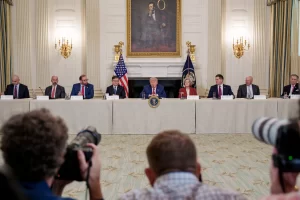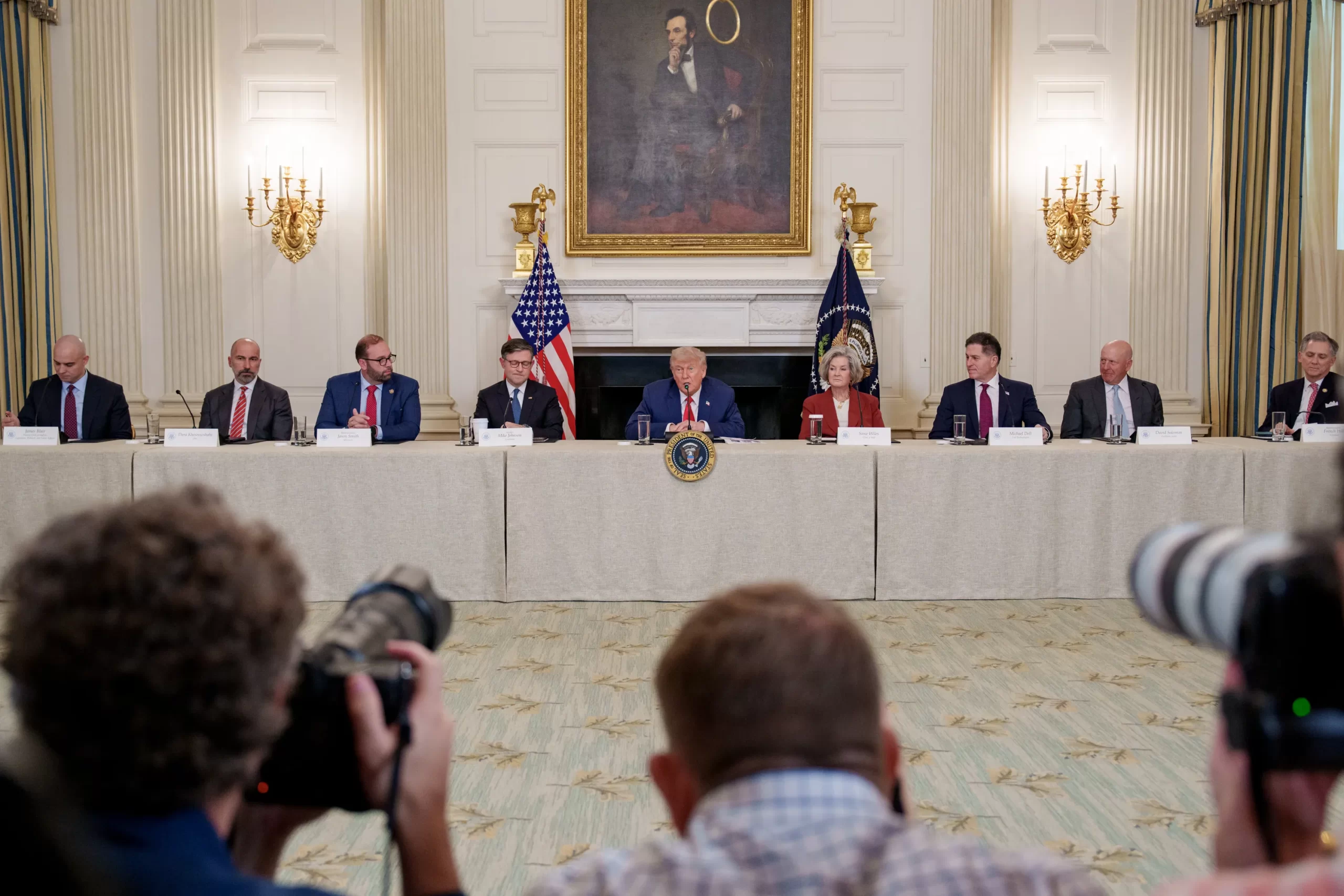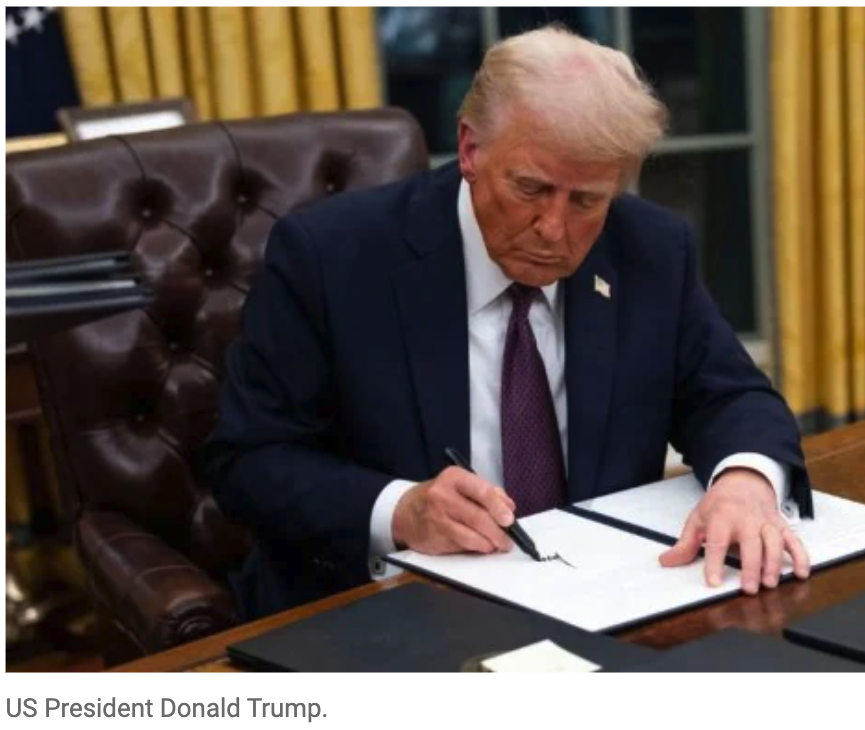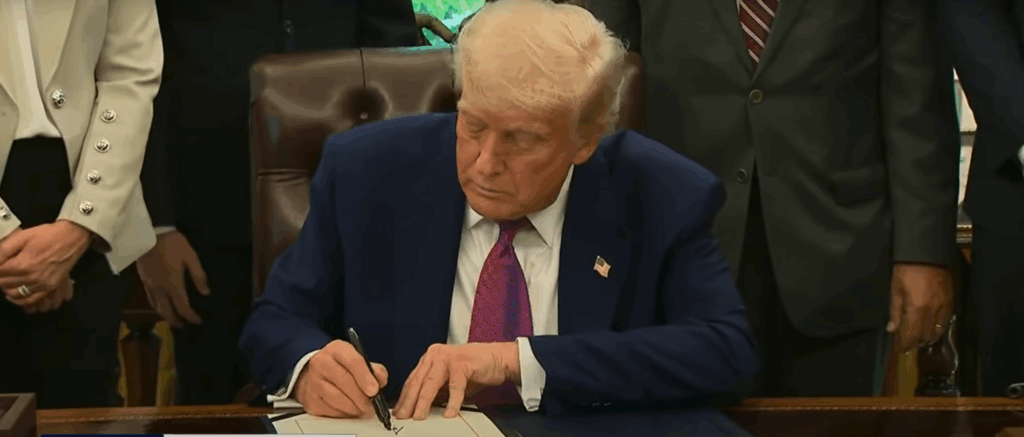On May 9, 2025, President Donald J. Trump signed an Executive Order designed to curb the expansion of criminal penalties hidden within federal regulations and to increase transparency in enforcement. The directive responds to longstanding concerns about “overcriminalization,” in which routine regulatory lapses can trigger criminal charges without proof of intent.
Under the order, federal agencies must undertake a comprehensive review of the Code of Federal Regulations (CFR), which spans more than 175,000 pages, to identify every provision carrying criminal penalties. Agencies have 365 days to submit a public list—detailing each offense, its statutory basis, penalty range, and required mens rea (mental state)—to the Office of Management and Budget (OMB) and post it on their websites.
The Executive Order “disfavors” criminal enforcement of strict‑liability regulatory offenses—those that do not require proof of a guilty mind—and encourages agencies to reserve criminal referrals for cases involving willful or knowing violations that cause substantial harm. Within 30 days, agency heads, in consultation with the Attorney General, must propose a uniform mens rea standard for all regulatory crimes; within 45 days, they must publish guidance outlining criteria for criminal prosecution referrals.
A White House official told Reuters that the order “aims to alleviate compliance burdens on small businesses that lack the resources of larger firms” and to prevent individuals from unwittingly committing crimes buried in arcane regulations. The measure excludes regulations related to immigration and national security. Reuters
The order’s architects cite data showing thousands of criminal offenses scattered across federal statutes and regulations—many introduced without clear mens rea requirements. Former Department of Justice officials and business groups have criticized this trend, arguing it grants prosecutors excessive discretion and deprives the public of fair notice. NACDL
In its fact sheet, the White House notes that the CFR includes over 48,000 separate sections, and that strict‑liability offenses have been used in high‑profile cases, such as prosecutions for mislabeled food or drugs. By compelling agencies to catalog offenses and clarify intent standards, the order seeks to redirect technical infractions toward civil or administrative enforcement, reserving criminal penalties for willful misconduct.
Legal experts describe the order as a significant shift in federal enforcement policy. The National Association of Criminal Defense Lawyers (NACDL) welcomes the focus on mens rea, calling transparent offense inventories “a critical step toward restoring the rule of law,” though some warn that actual implementation will determine its efficacy. NACDL
Critics caution that annual updates and guidance documents—required under the order—may strain agency resources and risk inconsistent application across departments. Observers also note that the order does not itself repeal any statutes; Congress retains ultimate authority to amend or eliminate criminal provisions. Manhattan Institute
Implementation will be overseen by the OMB’s Office of Information and Regulatory Affairs (OIRA), which will track agency progress and publish an annual compliance report. The Trump administration asserts this framework will deliver “fair notice” to regulated entities and individuals, reduce prosecutorial overreach, and bolster legal certainty.
As agencies embark on this large‑scale review, stakeholders across the legal, business, and civil‑rights communities will monitor how the new transparency measures reshape the federal enforcement landscape. The first public offense inventories are due in May 2026.













